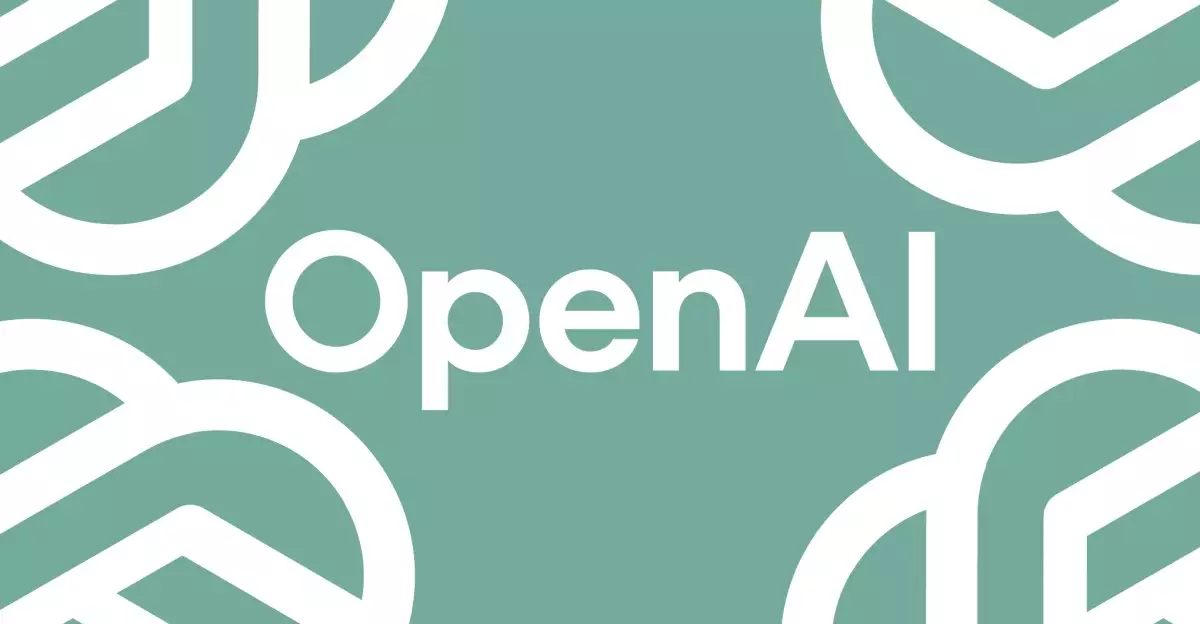OpenAI’s unveiling of the GPT-4.1 multimodal AI model marks a significant step forward in the evolution of artificial intelligence. This new model, which follows the previous GPT-4o, not only highlights OpenAI’s commitment to innovation but also showcases advancements that could redefine the boundaries of AI capabilities. It’s telling that this release comes just as expectations were mounting for the much-anticipated GPT-5. Instead of a wait-and-see approach, OpenAI has decisively chosen to enhance existing technologies, demonstrating a confidence that anticipates industry needs.
Why GPT-4.1 is a Game Changer
With a context window dramatically increased to accommodate up to one million tokens, GPT-4.1 outstrips its predecessor’s limitations, enabling it to handle larger contexts encompassing text, images, and videos. This leap is not just quantitative; it represents a qualitative improvement in processing and understanding diverse inputs. OpenAI claims that the model is trained to better discern relevant information while filtering out distractions—a step that enhances the user experience and applicability in real-world scenarios.
Moreover, these developments are supplied with a more appealing price point. The model has been reported to be 26 percent more affordable than GPT-4o, an essential adjustment in the face of rising competition, particularly from models like DeepSeek. As operational costs remain a critical consideration in the deployment of AI technology, OpenAI’s strategic pricing could help reinforce its market position while encouraging wider adoption among developers.
Smaller Models, Greater Accessibility
The introduction of the GPT-4.1 Mini and Nano variants serves to expand the accessibility of high-performance AI technology. These smaller models provide opportunities for less resource-intensive operations, which are indispensable for smaller developers and startups. By enabling a lower-cost entry point, OpenAI is fostering innovation at multiple levels, which might lead to exciting applications previously restrained by technological and financial barriers.
This strategic diversification implies a recognition that the future of AI lies not just in grand, robust models, but also in nimble, lightweight frameworks that can be implemented in a multitude of contexts. Encouraging developers to “tinker” opens the doors for new applications and creative uses of AI that can push the boundaries of what this technology can do.
The Future Landscape of AI
As OpenAI phases out older models like GPT-4, they are effectively reshaping the AI landscape. The announcement that GPT-5 will see delays ensures a focus on refining current technologies rather than rushing to introduce new ones without proper groundwork. This conscientious approach reflects both a growing understanding of user needs and the the inherent complexities of AI development.
The excitement surrounding GPT-4.1 is warranted, especially as its capabilities align with practical demands in the field. There’s an underlying belief among users and developers alike that OpenAI’s latest model can deliver transformative insights and applications that were elusive until now. With GPT-4.1, OpenAI seems poised to lead a new era of immersive AI experiences that could significantly enhance how we interact with technology.

